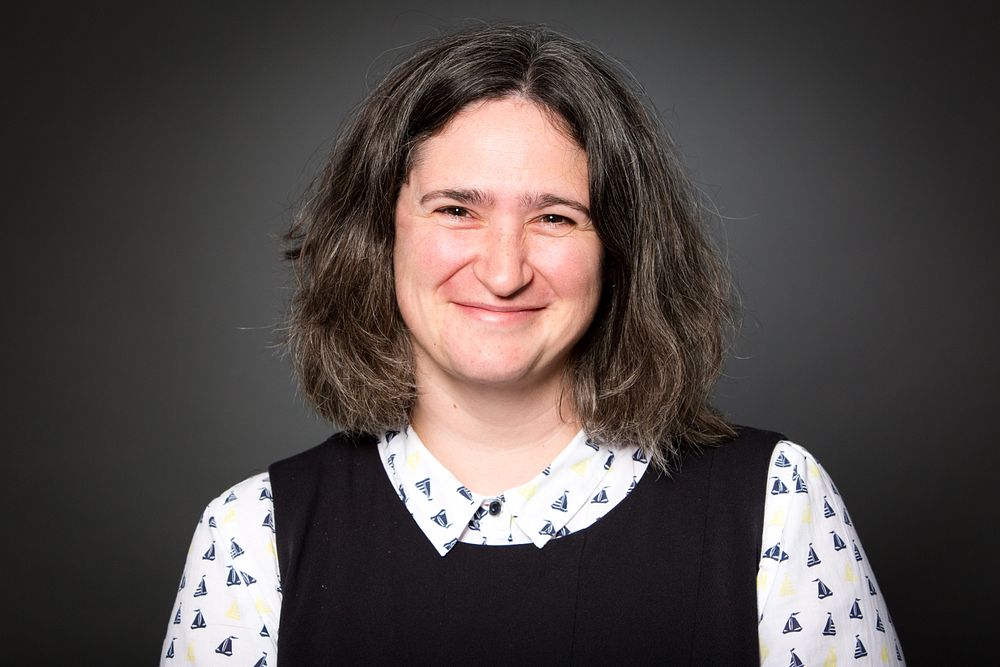Blog post -
Creating audience-centric, place-based projects to tackle inequalities of access to physical activity.
 Strategic Relationship Manager Lorna Leach explains how insight and evidence has been informing the planning work conducted by London Sport as we look to invest £200,000 into London to tackle the inequalities exacerbated by the covid-19 crisis.
Strategic Relationship Manager Lorna Leach explains how insight and evidence has been informing the planning work conducted by London Sport as we look to invest £200,000 into London to tackle the inequalities exacerbated by the covid-19 crisis.
Every organisation that has ever applied for funding will know that feeling of having to narrow down exactly how they'll make the greatest impact because, ultimately, you can’t do it all.
So when London Sport was awarded by £200,000 by Sport England to tackle the inequalities exacerbated by the covid-19 crisis, we knew we couldn’t directly fund every Londoner facing inequality of access to physical activity.
But what we could do was ensure that the sector, and London as whole, learned from the work in the hope that others would develop, adapt and apply it to their own places and people across the capital.
This is the first of three blogs focused on the planning phase for each of the three investment strands: Disability and Inclusion, Children and Young People, and Community-focused, Place-based Work.
First up, I'm looking at Community-focused, Place-based Work:
Stage 1: Narrowing the places
We advocate for decisions built on evidence and we have a skilled insight team who support that approach for both us and partners to use. For this Tackling Inequalities funding we narrowed our focus using three main data sets.
We mapped out boroughs with the highest levels of deprivation, over laid with Sport England's Active Lives data on boroughs with the highest percentage of Londoners classed as less active (doing less than 30 minutes a week of physical activity) and then those with the highest percentage not meeting the Chief Medical Officer's recommended 150 minutes of physical activity a week.
We also looked at where the Sport England Emergency Fund had landed, or not, across London. We considered this data in terms of the lowest average amount awarded and highest percentage of applications made but not awarded.
We were looking for areas of London that overlapped. If a borough came up on more than three lists we flagged it and this gave us our shortlist of eight boroughs.
Stage 2: Focusing on an audience
Local knowledge is expert knowledge.
Applying local insight to the data from stage one is what creates a sharper focus. For our disability and inclusion, and children and young people strands, this means working with organisations that work closely with these groups to understand their needs and challenges.
For a place-based project we’re looking for local knowledge that will take a place from being the size of a borough to the size of a town, estate, or just a couple of wards.
It adds depth of colour to what life is really like for the Londoners living in those places during lockdown, identifies the intricacies of experiences for different groups in that place and explores which inequalities have been exacerbated by this crisis, but also what opportunities have come to the fore to be built upon.
All these things help us identify where the actual investment goes.
Stage 3: Embedding Locally
Strong place-based planning ensures that the challenges are tackled using local assets and building on the community assets to develop permanently, in a sustainable way, to the needs of the community.
This is the most delicate part of the process.
It requires consultation with the community, giving them space to identify exactly what they need, but also reality checks with what is available to work with.
Our role at this point is to help the local agencies come together and build around that nuanced need.
We help them look at the options and think about what fits best, thinking both about immediate needs and how this creates permanence.
It means considering the right partners, frameworks, style and environment. It should always be about bringing together resources, services and assets that create a bigger, more stable whole.
It’s precisely for these reasons that even if every project had the same aim, each one would look and behave differently.
Throughout the three stages mentioned, London Sport is focused on ensuring that we are learning about the process to put together each project concept and are planning what we’ll learn about how the different inequalities are being addressed and influenced.
Watch this space as we’ll be sharing more in the coming weeks.
Topics
- Health, Health Care, Pharmaceuticals
Categories
- london
- sport england
- children and young people
- lorna leach
- covid-19
- place-based
- inequalities
- tackling inequalities
Regions
- Greater London